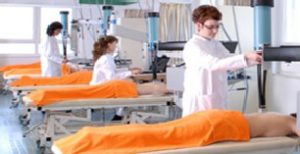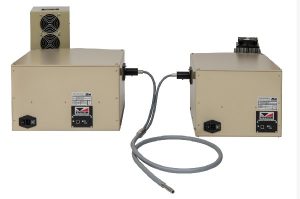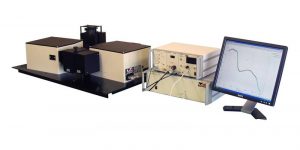Optical equipment and components for the cosmetics market
Cosmetics market benefits from new sunscreen efficacy testing method
By protecting us from the ultra-violet rays emitted by the sun, sun creams provide short-term protection against erythema (UVB) and skin aging (UVA), and long-term protection against skin cancer (UVA and UVB).
Before being launched on the market, these creams undergo tests to precisely measure their level of protection. Until now, SPF ratings have been determined by exposing the skin of volunteers to enough UV light to induce erythema – the very biological effect the cream is designed to prevent.
Given the ethical concerns surrounding the systematic induction of erythema in volunteers, and the difficulty of clinically assessing erythema, the British company BENTHAM has come up with a completely new test method!

The DRS (Diffuse Reflectance Spectroscopy) method enables in-vivo characterization of the absorbance of sunscreen products under low UV illumination. This procedure has the advantage of being carried out on an in-vivo support, but is limited by the skin’s low reflectance to UVB. The HDRS (Hybrid Diffuse Reflectance Spectroscopy) method combines in-vivo and in-vitro absorbance values to obtain a complete measurement over the UVA and UVB spectrum. This procedure will form the new ISO 23698 standard currently being drafted.
Thanks to the HDRS300 (Hybrid Diffuse Reflectance Spectroscopy) test bench, sunscreen manufacturers and testing laboratories can now characterize the Sun Protection Factor (SPF) of their products in vivo, without the risk of causing erythema in test subjects.

Another device for in vitro testing is the SSUV300 sunscreen tester, which enables the difficult measurement of sunscreen products, including high absorbances, fluorescent samples and diffuse transmission properties.

